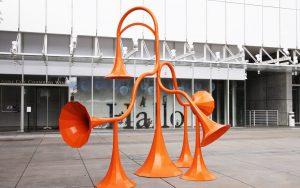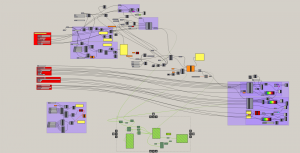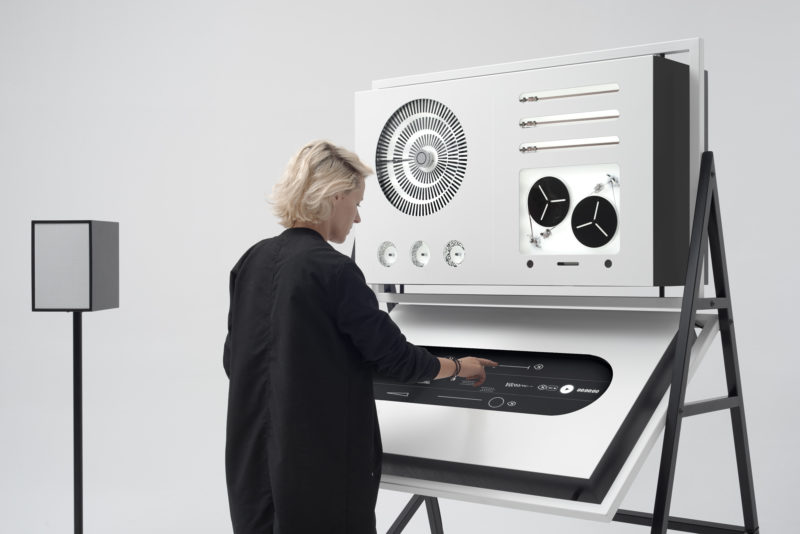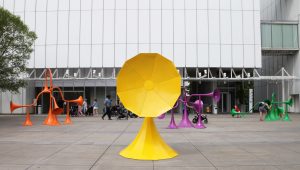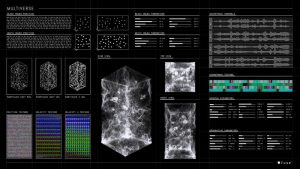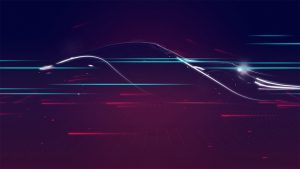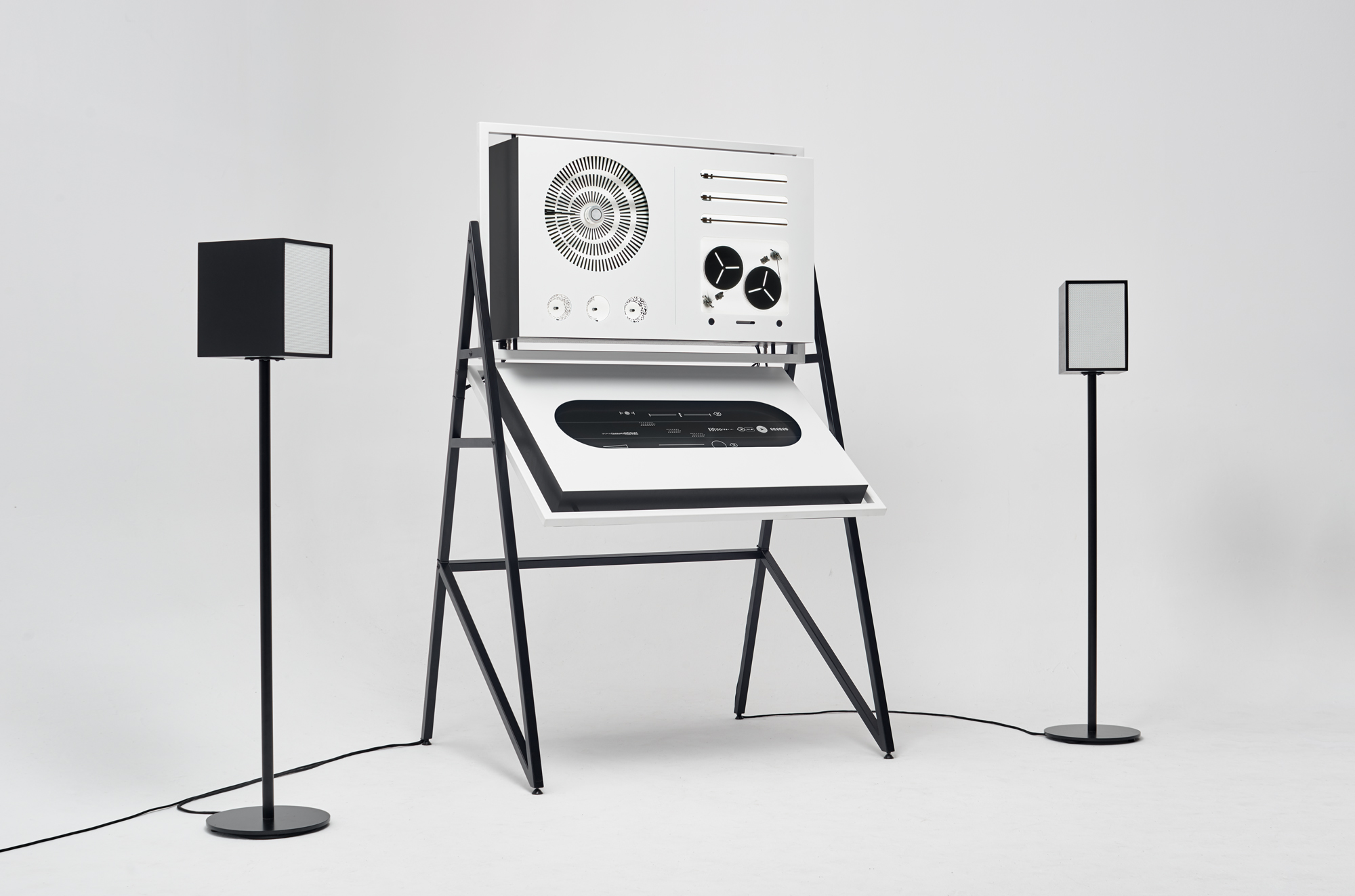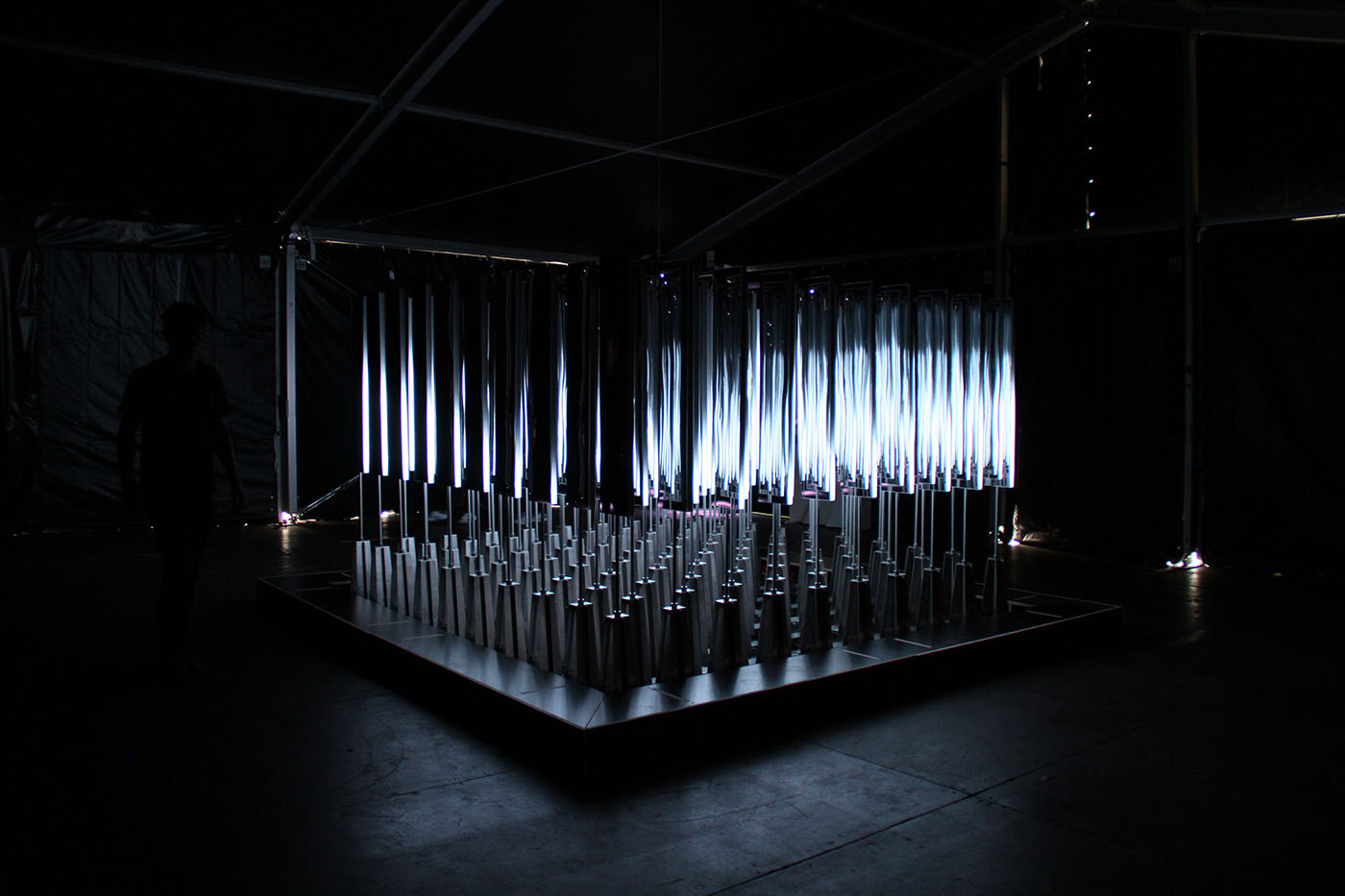Ryoji Ikeda
born in 1966 in Gifu, Japan
lives and works in Paris, France and Kyoto, Japan
Japan’s leading electronic composer and visual artist Ryoji Ikeda focuses on the essential characteristics of sound itself and that of visuals as light by means of both mathematical precision and mathematical aesthetics. Ikeda has gained a reputation as one of the few international artists working convincingly across both visual and sonic media. He elaborately orchestrates sound, visuals, materials, physical phenomena and mathematical notions into immersive live performances and installations.
Alongside of pure musical activity, Ikeda has been working on long-term projects through live performances, installations, books and CD’s such as ‘datamatics’ (2006-), ‘test pattern’ (2008-), ‘spectra’ (2001-), ‘cyclo.’ a collaborative project with Carsten Nicolai, ‘superposition’ (2012-), ‘supersymmetry’ (2014-) and ‘micro | macro’ (2015-).
//Ryoji Ikeda website
‘superposition’
superposition is a project about the way we understand the reality of nature on an atomic scale and is inspired by the mathematical notions of quantum mechanics. Performers will appear in Ikeda’s work for the first time, performing as operator/conductor/observer/examiners. All the components on stage will be in a state of superposition; sound, visuals, physical phenomena, mathematical concepts, human behaviour and randomness – these will be constantly orchestrated and de-orchestrated simultaneously in a single performance piece.
I like the projects of Ryoji Ikeda because it origins from matchmatic element and by extending it to the realm of philosophy , it shows what audiovisual can do to inspire people.
other works of Ryoji like supersymmetry presents an artistic vision of the reality of nature through an immersive and sensory experience.
This project is a series of work conceived as installation versions of the performance work “superposition” (2012-) and as a platform to update the process and outcome of a residency during 2014-15 at CERN in Geneva, the largest centre in the world for particle physics.
![[OLD FALL 2018] 15-104 • Introduction to Computing for Creative Practice](../../../../wp-content/uploads/2020/08/stop-banner.png)
